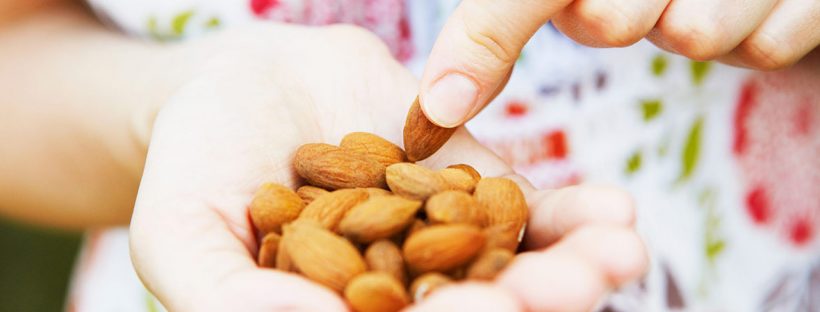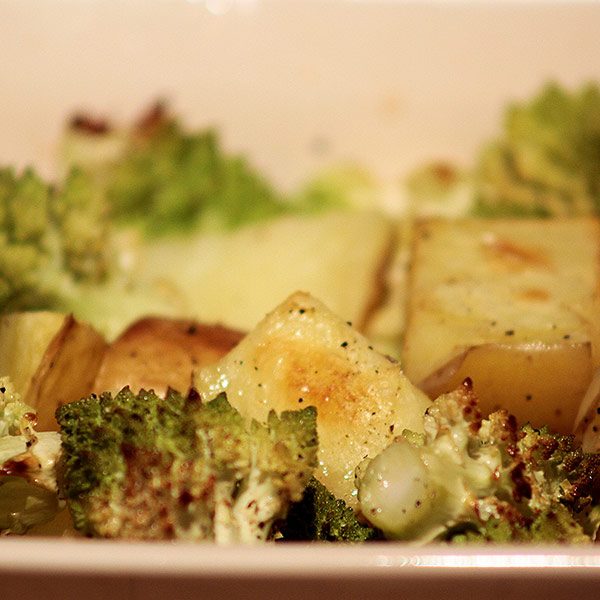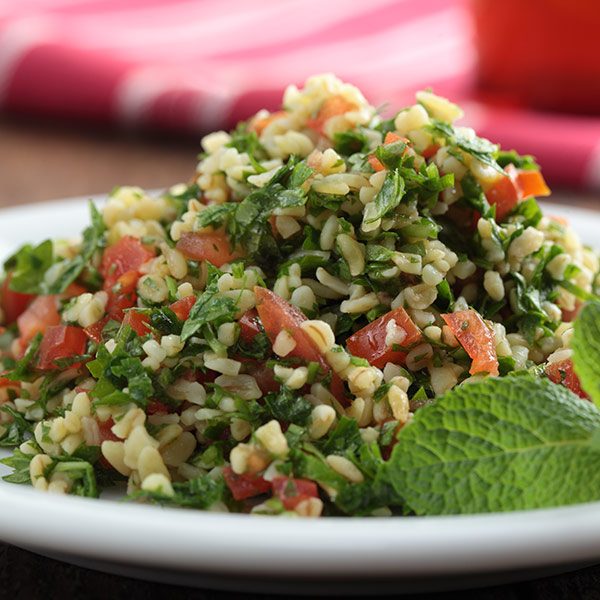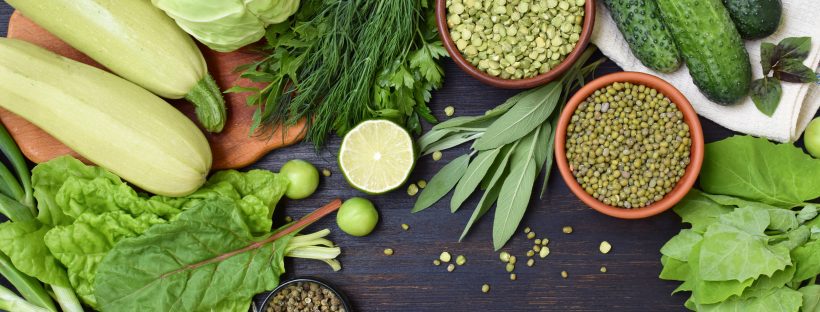Healthy snacking might sound like an oxymoron. But there are a lot of benefits to snacking – especially if you want to shed a few pounds in time for swimsuit season.
If you snack on the right foods, you tend to consume fewer calories throughout the day. You’ll feel fuller longer and be less likely to overeat or reach for unhealthy foods.
In addition to looking good poolside or at the beach, individuals who stay at a healthy weight reduce their risk of heart disease, type 2 diabetes, high blood pressure, osteoarthritis, and some cancers.
Here are a few tips:
- Rather than snacking on cookies or chips, have a handful of raw almonds. A serving is 23 almonds. Put a serving of almonds into individual snack size bags and leave them in key locations such as your desk, purse and the beverage cup holder in the car. Almonds are heart healthy and a protein-packed snack!
- Pair a small amount of cheese with whole grain crackers. The protein in the cheese will keep you from feeling hungry.
- Try one of my favorite snacking recipes – Cookie Dough Hummus! This recipe is delicious on a piece of toast and as a snack with apple slices, baby carrots or graham crackers. Check out the recipe at the bottom of this story.
The Centers for Disease Control and Prevention also offers the following healthy snacking ideas:
- Try three cups of air-popped popcorn instead of oil-popped popcorn. You’ll consume 73 fewer calories.
- Avoid the vending machine. Pack an eight-ounce, nonfat, no sugar added yogurt. That’s 82 fewer calories compared to a package of six peanut butter crackers.
- Consider packing vegetable sticks and fresh fruit, “nature’s fast food.”
- Substitute a sugary 12-ounce can of soda with a bottle of carbonated water for 136 fewer calories.
- Instead of chocolate sandwich cookies or other sweet snacks, eat a bowl of berries or a juicy peach.

| Servings |
|
- 1 15 oz can cannellini beans
- 1/4 cup peanut butter
- 1/3 cup maple syrup
- 2 tsp vanilla extract
- 1/3 cup chocolate chips
Ingredients
|

|
- Put the beans, peanut butter, maple syrup and vanilla into a food processor. Blend ingredients until smooth. Once blended, mix in chocolate chips.
For more healthy snacking ideas, visit fruitsandveggiesmorematters.org.




















